Crafting Yule Logs Authentic French Buches de Noel
11 min read Discover authentic techniques to craft traditional French Bûche de Noël, celebrating the art and flavor of holiday Yule logs. June 22, 2025 21:05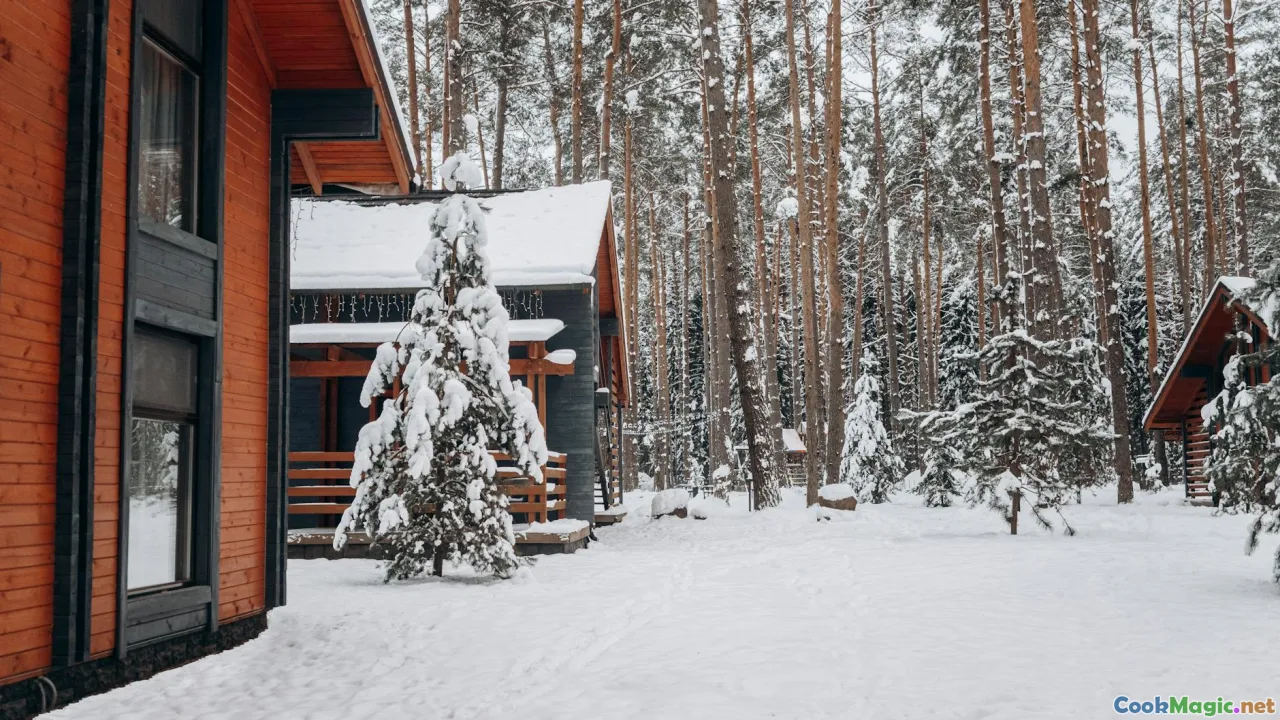
Crafting Yule Logs: Authentic French Bûches de Noël
As the crisp air begins to turn frosty and twinkling lights adorn every street corner, the heart of holiday cheer beats strongest in France with the timeless tradition of preparing Bûches de Noël, or Yule logs. This cherished dessert isn’t just a sweet ending to festive feasts; it embodies centuries of cultural artistry, regional influences, and heartfelt storytelling passed down through generations. Each slice offers more than just rich chocolate or spiced buttercream—it’s a taste of French history, artistry, and seasonal reverence.
Embarking on the journey to craft an authentic Bûche de Noël is about more than mixing ingredients; it’s about immersing yourself in a tradition that celebrates creativity, warmth, and the magic of the holidays. From the rustic charm of the Provence-inspired chestnut variations to the elegant Parisian flourishes, these festive logs serve as edible confections that invoke wonder and nostalgia.
Let’s explore how to create your own authentic French Yule log, dive into its storied roots, and learn tips to craft a show-stopping centerpiece that embodies the very soul of French holiday traditions.
The Cultural Significance of the Bûche de Noël
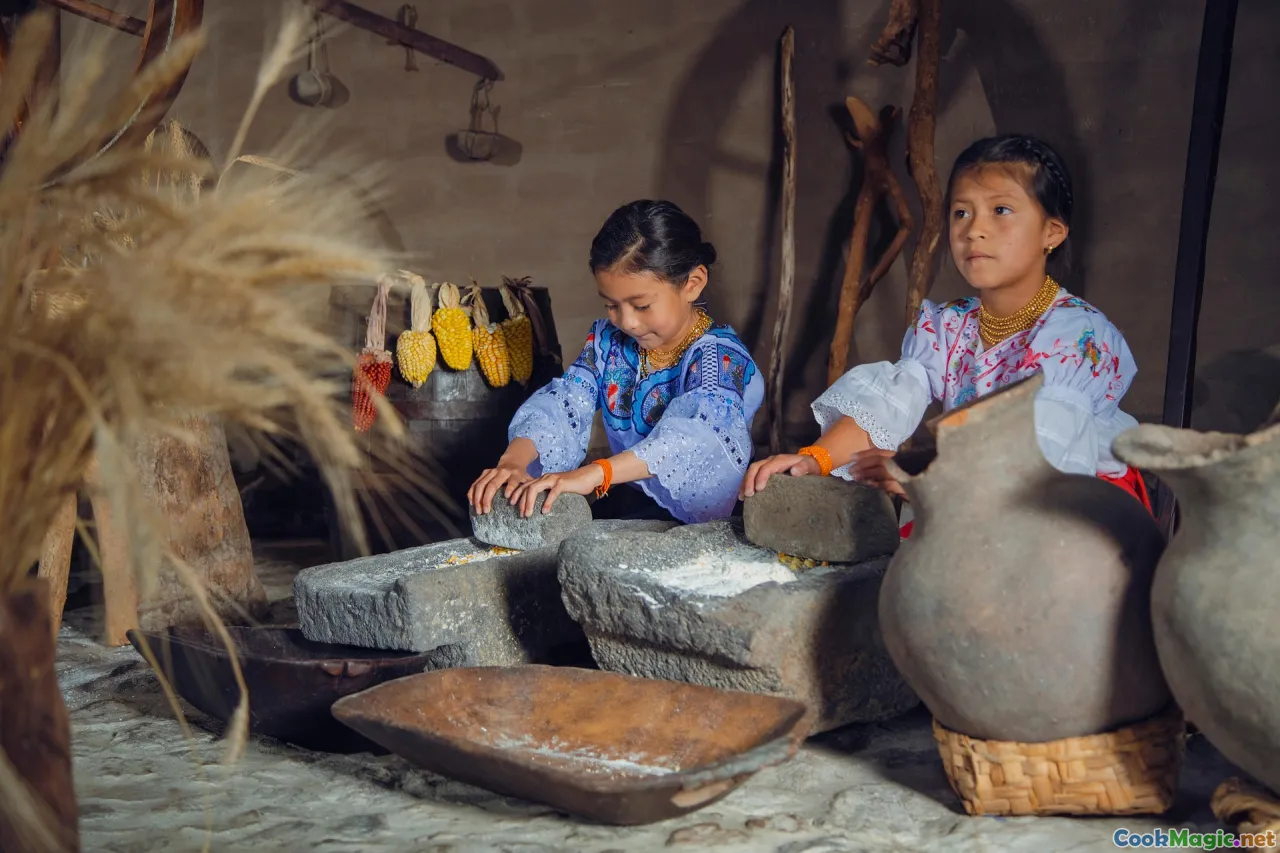
In France, the Yule log is more than a dessert—it's an emblem of heritage. Its origins trace back to pre-Christian pagan rituals celebrating the winter solstice, where a large log was burned in the hearth to bring warmth and vitality back after the longest night of the year. Over centuries, these customs melded with Christian festivities, giving birth to the modern tradition of the Bûche de Noël.
During the 19th century, the dessert's popularity skyrocketed, especially in Parisian salons, where pastry chefs elevated the humble log into an art form, symbolizing the continuity of life and the promise of the new year. The logs also served as a storytelling vessel, with intricate decorations mirroring fairy tales, winter landscapes, or religious symbols, reinforcing their cultural importance.
Today, cutting into a Bûche is a moment imbued with history—an act that links us to ancient rituals, to festive gatherings in glowing hearths, and to a collective sense of seasonal hope.
The Essential Components of an Authentic Bûche de Noël
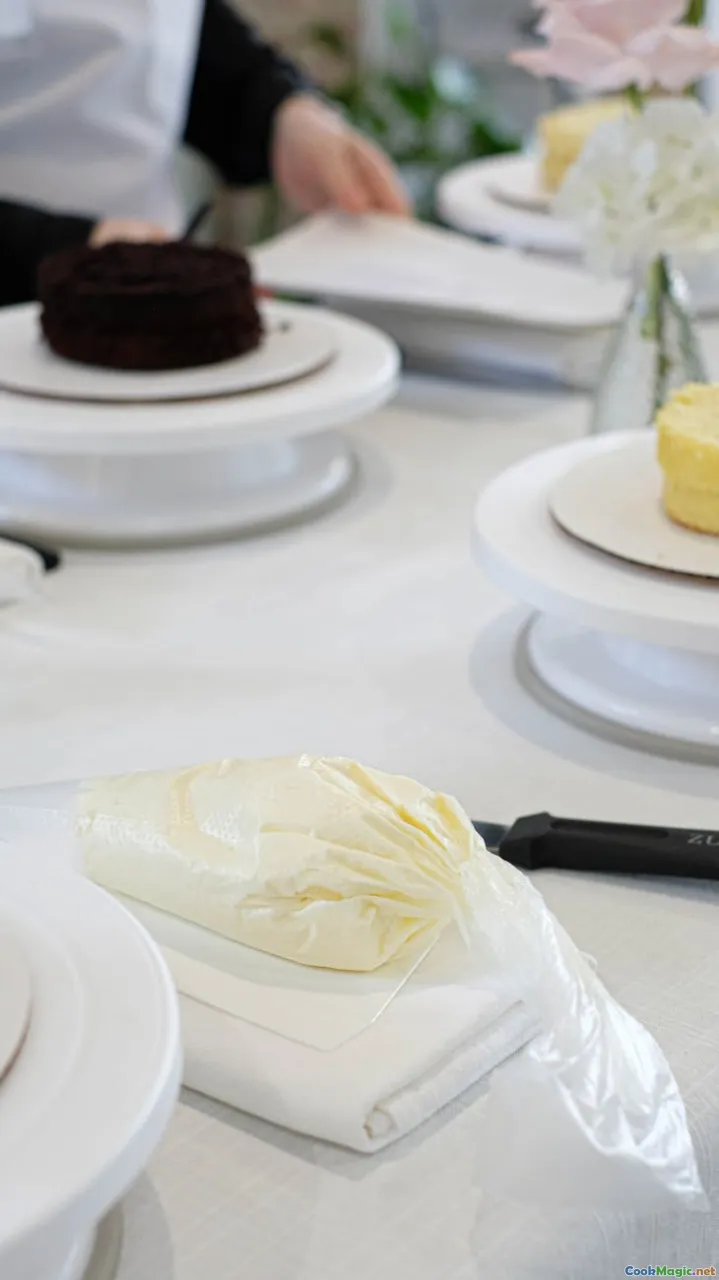
Creating an authentic Bûche de Noël involves assembling several key components, each crafted with precision and care:
- Sponge Cake (Génoise or Joconde): The foundation. It’s traditionally light yet sturdy enough to roll and carve, offering a neutral backdrop for decadent fillings.
- Chocolate Buttercream or Ganache: The hallmark of richness and depth. Typically, a dark, glossy chocolate ganache or a sumptuous marron (chestnut) spread is used to evoke festive warmth.
- Filling and Decoration: Classic options include coffee-flavored buttercream, praline mousseline, or chestnut purée. To decorate, chefs often add marzipan mushrooms, sugared holly leaves, or meringue symbols—a feast for the eyes and palate.
Choosing high-quality, pure ingredients is vital. French pastry chefs swear by Valrhona chocolate, European butter, and free-range eggs—each lending a layer of authenticity to your creation.
Step-by-Step: Crafting the Classic Chocolate Bûche
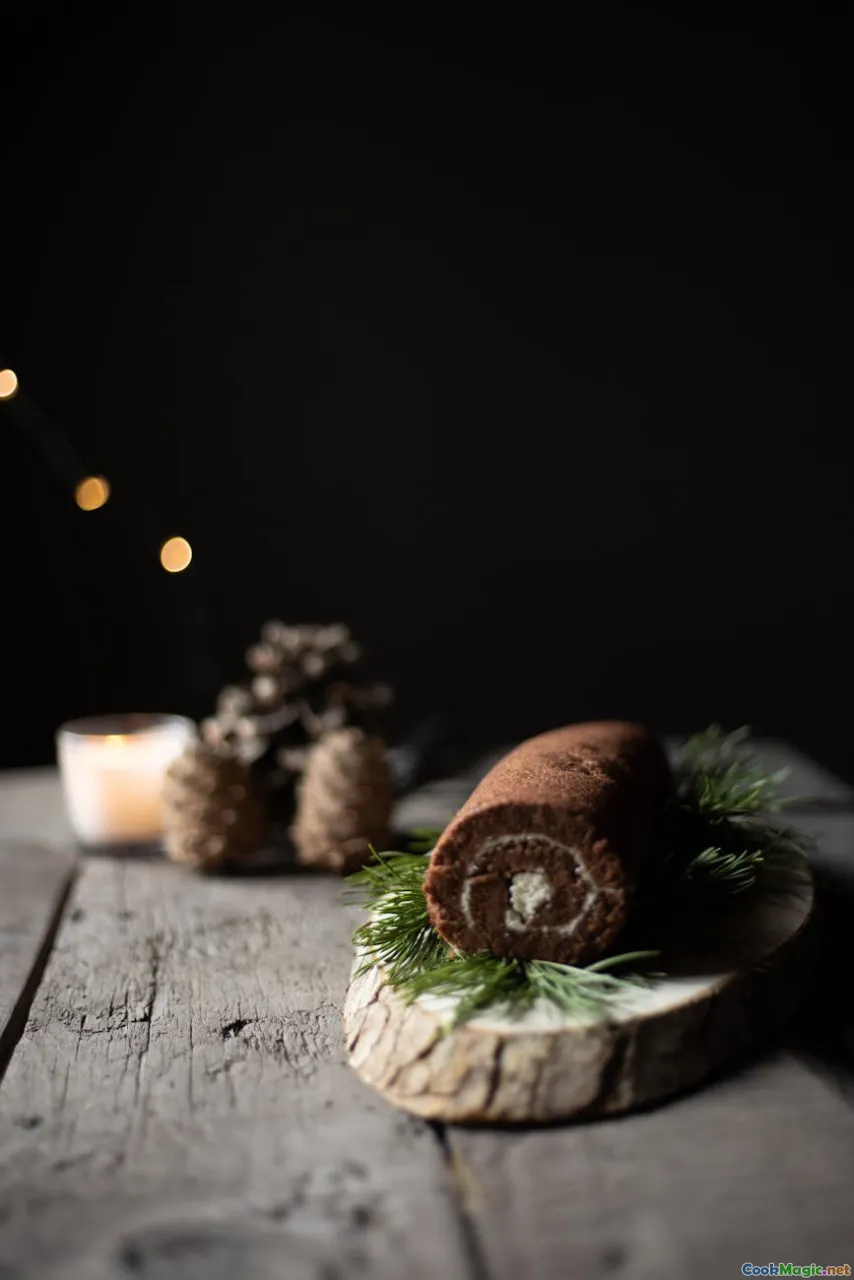
Ingredients:
- 4 large eggs
- 100g sugar
- 100g all-purpose flour
- 30g cocoa powder
- 150g dark chocolate
- 150ml heavy cream
- Unsalted butter
- Powdered sugar for dusting
Method:
- Prepare the Sponge: Preheat your oven to 180°C. Line a baking sheet with parchment paper. Beat the eggs and sugar until thick and pale, about 5 minutes. Sift flour and cocoa, gently fold into the egg mixture. Spread evenly and bake for 12 minutes.
- Roll and Fill: Turn the sponge onto a clean towel dusted with cocoa powder, peel off parchment, and roll it while still warm. Let it cool.
- Make the Ganache: Melt the dark chocolate with a bit of cream over double boiler, stirring until glossy. Allow to cool slightly.
- Assemble: Unroll the sponge carefully, spread a layer of ganache or chestnut spread, then re-roll tightly.
- Decorate: Trim the ends of the log, spread with more ganache to mimic bark, and use a fork to create textured wood grain. Dust with powdered sugar for snowy effect.
Tips for Success:
- Use fresh eggs and quality chocolate—it makes a significant difference.
- Don’t overbake the sponge; it should remain moist.
- Chill the assembled log before decorating for cleaner lines.
Variations and Unique Regional Flavors

In different regions of France, the Bûche takes on local flavors, adding a unique twist to this classic.
Chestnut Bûche
Chestnuts are quintessentially French, especially in the Auvergne and Provence. Chestnut purée is spread inside the sponge, blended with mascarpone or whipped cream for a silky filling, encapsulating the cozy heart of fall.
Praline and Nut Variations
The Parisian version often includes praline—roasted almonds or hazelnuts fused with caramel, creating a crunchy texture and caramelized depth.
Floral and Fragrant Twists
Using lavender, thyme, or orange blossom water can evoke Provençal gardens—a delightful way to infuse subtle aromatic nuance.
Alcohol-Infused Logs
A splash of armagnac, calvados, or brandy sauce inside the filling enhances the sophistication and adds warmth, ideal for celebrating with grown-ups.
The Art of Decoration: Making Your Bûche a Visual Feast
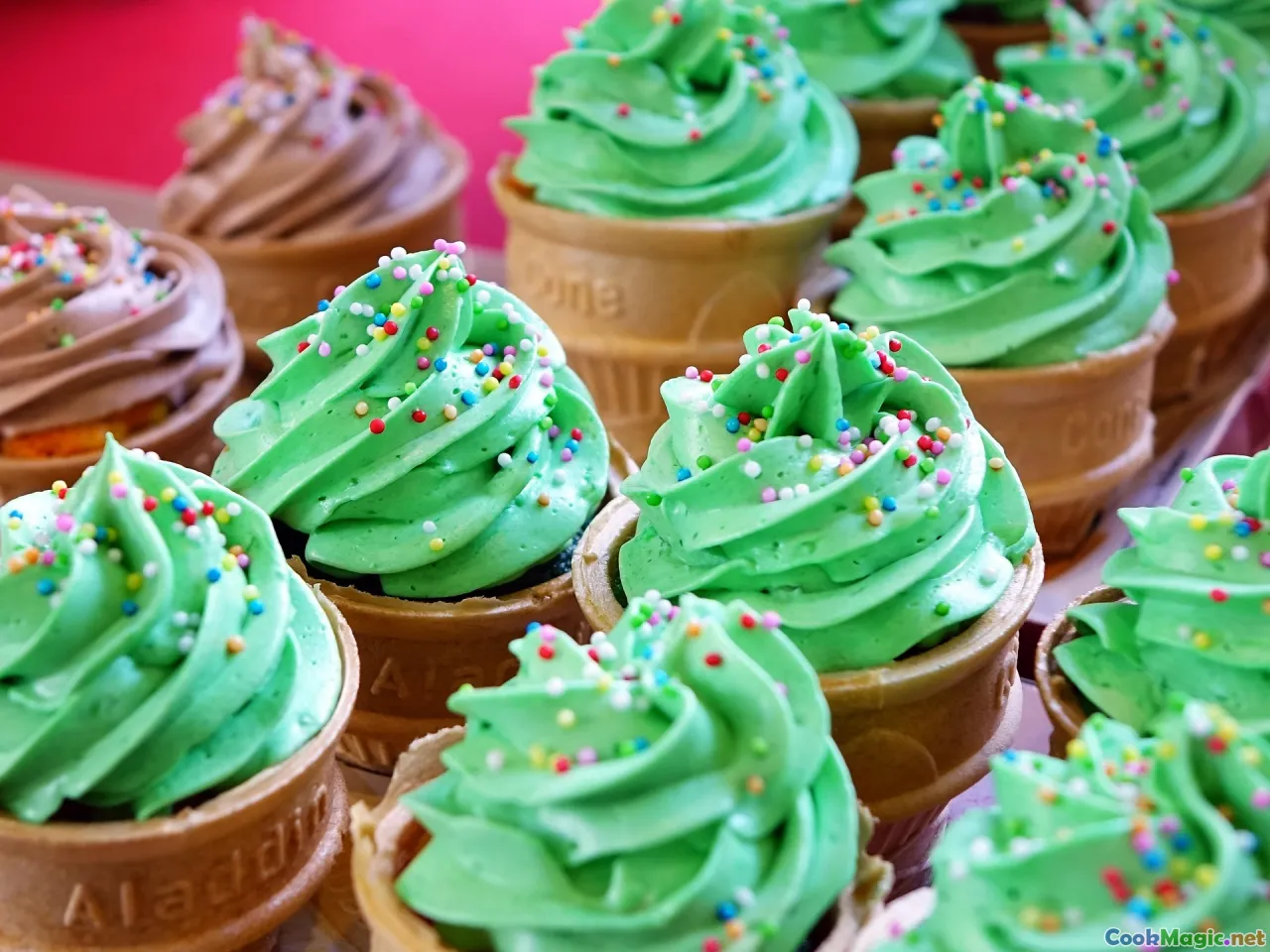
Traditionally, a Bûche de Noël isn’t just about flavor—it's a visual centerpiece, sculpted to resemble a rustic log with textured bark and sometimes moss or lichen crafted from meringue or green-tinted marzipan.
Techniques include:
- Using a fork or comb to create woodgrain patterns.
- Adding marzipan mushrooms, holly leaves, and berries for a woodland scene.
- Dusting with powdered sugar to mimic snow.
- Incorporating edible glitter to catch the light.
Be advised: the decoration process allows for your creativity to shine—each log can tell a different story.
Pairing and Serving: Elevating Your Holiday Table
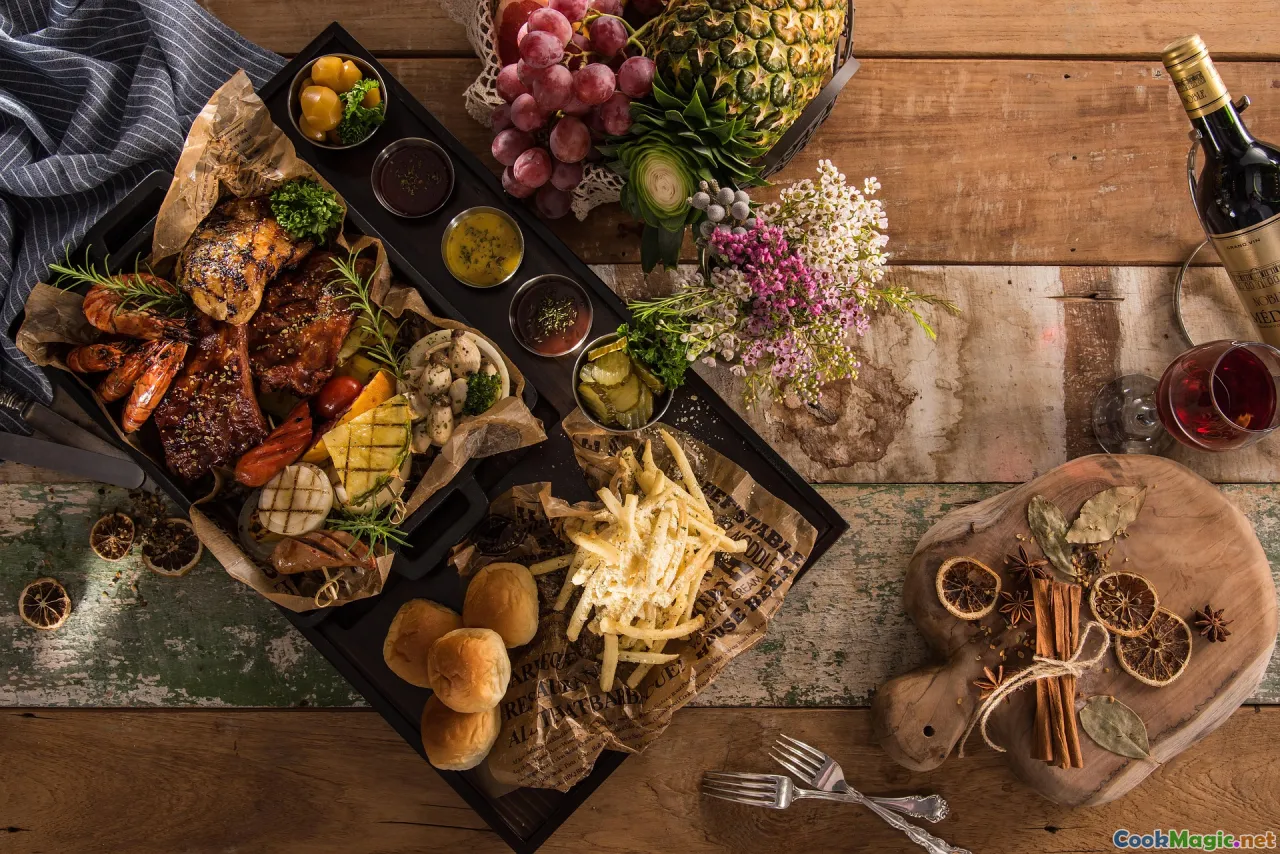
Serve the Bûche de Noël at the end of your feast with a complementary beverage. A rich Sauternesor a toastedGrenache pairs beautifully with chocolate-based logs, balancing sweetness with acidity. For a non-alcoholic option, cinnamon-spiced hot chocolate or mulled cider enhances the cozy atmosphere.
Cut the log into thick slices, revealing the spiral of filling inside, and serve with a dash of raspberry coulis or a sprig of mint.
Embracing the Tradition: From Kitchen to Heart
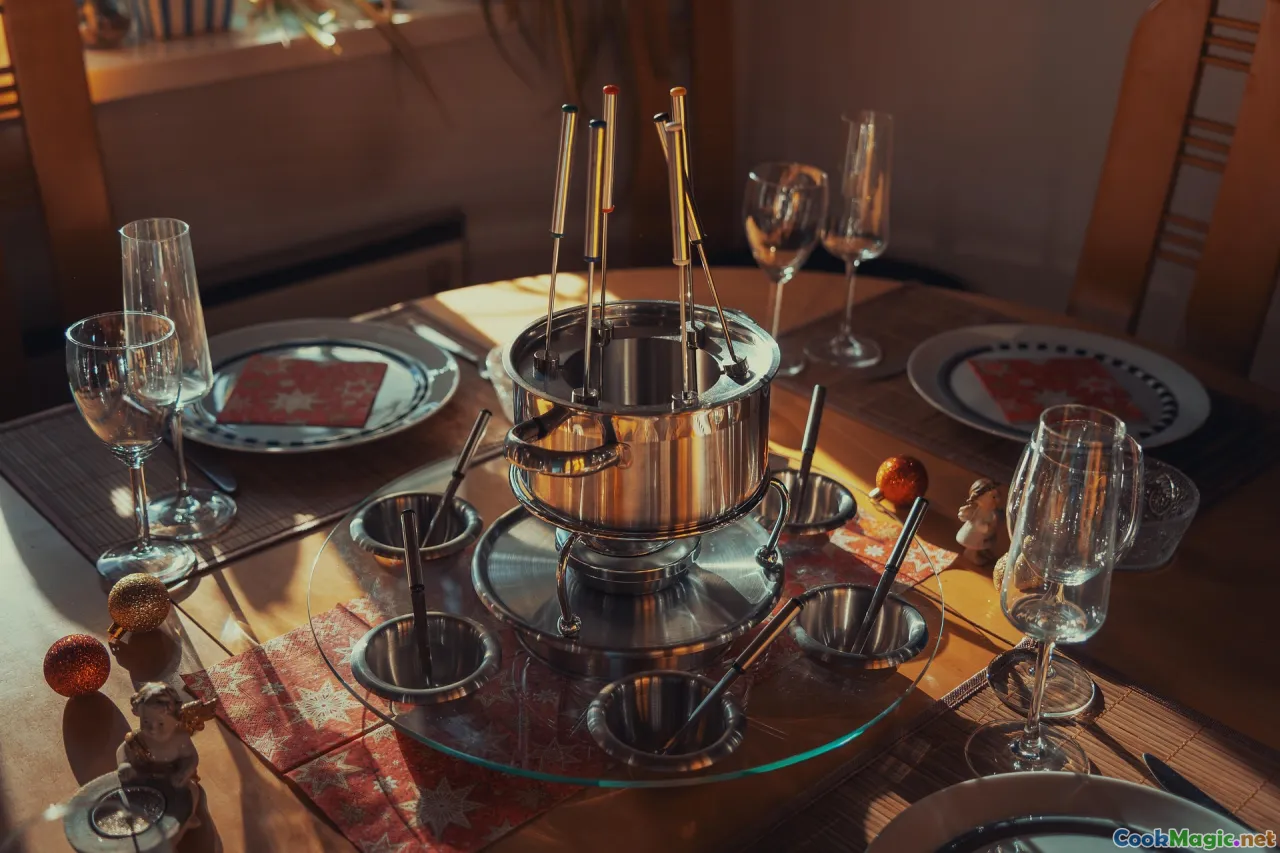
Making a Bûche de Noël is more than a baking exercise; it’s a ritual that brings family and friends together, connecting us to age-old customs. As you assemble and decorate your festive log, reflect on its roots—how pagan solstice traditions melded into Christian festivities, reinforcing themes of light, rebirth, and gathering.
In my own experience, the process of crafting each element—from whisking airy sponge to decorating with personalized adornments—transforms a simple dessert into a heartfelt gift of culinary tradition. It’s about creating memories, sharing stories, and igniting holiday wonder.
So this season, don your apron, embrace the craft, and let your Bûche de Noël become a symbol of warmth, history, and happiness—truly, a French holiday treasure to behold, taste, and pass on.
May your kitchen be filled with laughter and your table with sweet, crunchy, and creamy delights. Joyeux Noël, and happy baking!









